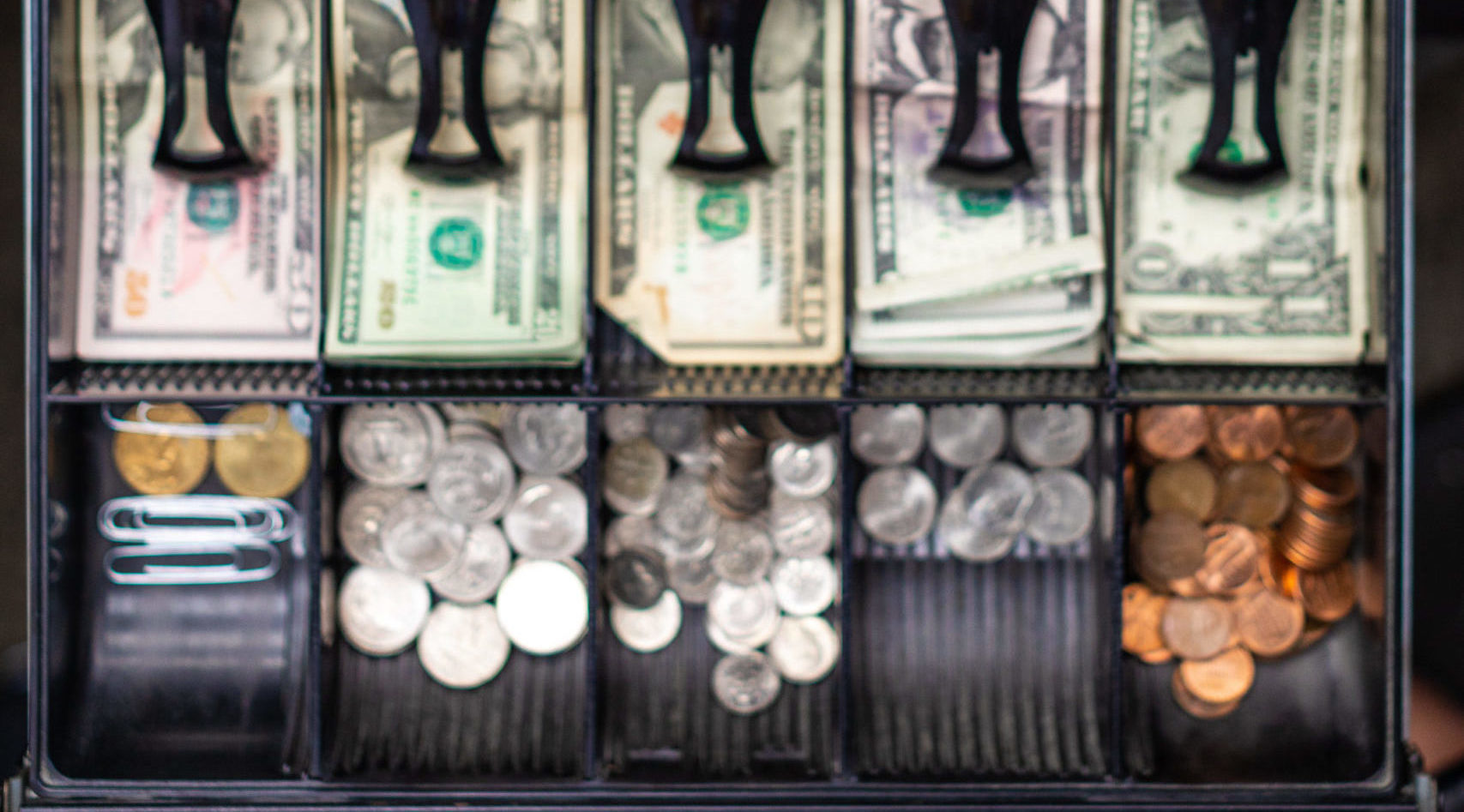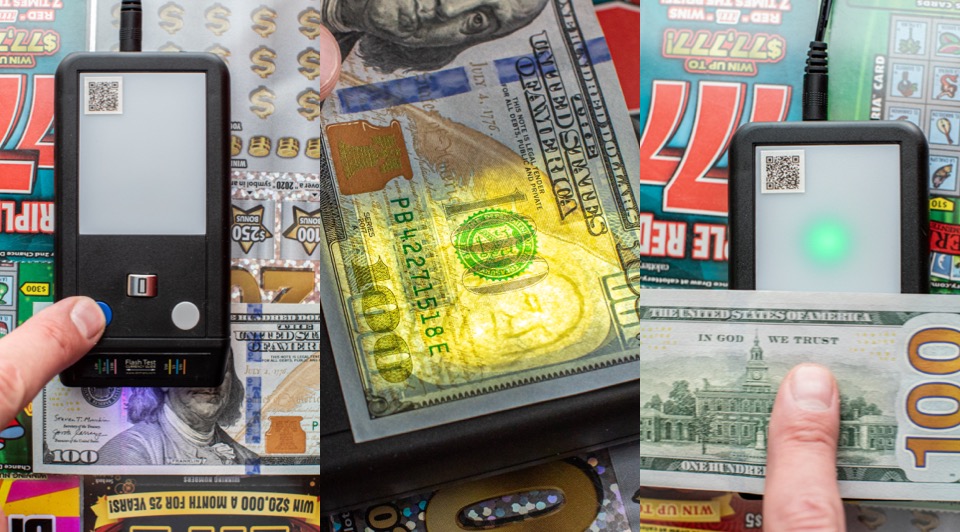In an age where digital payments are becoming increasingly popular, cash still holds a prominent place in everyday transactions. But while counterfeiters continuously devise sophisticated ways to replicate banknotes, many people still rely on their senses—touch and sight—to detect fake bills. Unfortunately, these methods alone are not enough to safeguard against counterfeit currency.
The Limits of the Senses
For decades, counterfeit detection has been primarily based on manual checks using the five senses. The feeling of a bill’s texture, the color’s vibrancy, and the unique features like watermarks have all been considered reliable signs of authenticity. However, counterfeiting technology has advanced to the point where fake bills can often mimic the tactile qualities and visual appearance of legitimate currency with alarming precision.
The sophistication of modern counterfeit bills means that the naked eye and touch are no longer enough to distinguish between real and fake. With digital printing technologies and advanced paper-making techniques, counterfeiters can create bills that look and feel almost identical to the real thing.
The Role of Technology in Counterfeiting
Today’s counterfeiters have access to high-resolution printers, specialized paper, and even UV inks, which enable them to reproduce bills that closely resemble official currency. While many people still rely on the “feel test”—such as checking for the raised ink on certain features or the texture of the paper—these elements can be reproduced with enough precision to deceive even an experienced eye.
For example, color-shifting inks, which change color when tilted, are being replicated with remarkable accuracy, making them hard to spot for the average person.
Counterfeit bills often look and feel almost identical to real ones, especially at a glance. If you’re only relying on sight or touch, you’re putting yourself at risk. The fakes can be that good.
Relying on Touch
In addition relying on the feel of a bill, especially in terms of its texture or the raised print on certain areas, can be deceiving. While some counterfeiters cannot replicate the exact texture of legitimate currency, the differences can be subtle and difficult to detect without specialized training or equipment.
The Importance of Technology-Driven Solutions
Given the shortcomings of human detection, more businesses and individuals are turning to technology-driven solutions for counterfeit detection. Security features like ultraviolet (UV) light scanners, magnetic ink readers, and infrared sensors are becoming more common. These devices can instantly identify authentic banknotes by scanning for hidden security features that are invisible to the naked eye.
While it’s still valuable to be aware of the basic features of real money, the reality is that we need technology to stay ahead of counterfeiters. High-tech tools can scan for embedded features that our senses simply can’t detect.
The Growing Problem of Counterfeit Cash
Despite the advancements in counterfeit detection, the global economy still faces a growing problem with fake currency. According to the U.S. Department of Treasury, counterfeit money continues to circulate, with estimates suggesting that billions of dollars in fake bills are in circulation at any given time.
In recent years, authorities have seen an increase in the use of counterfeit bills printed using digital technology, including color laser printers and inkjet printers. These devices, while widely available, enable counterfeiters to print fake money in large quantities without the need for specialized equipment or expertise.
The problem isn’t going away. Counterfeiters are always looking for new ways to stay one step ahead. It’s important that both businesses and consumers use the proper tools and methods to protect themselves.
While using your senses to detect counterfeit money may seem like a good first line of defense, relying on them alone is no longer enough. With counterfeiters continually improving their techniques and technology, it’s essential to incorporate additional tools and methods into the process of verifying currency. Security features embedded in banknotes and high-tech detection devices can offer much greater protection than simply trusting your eyes, hands, or nose.
As cash continues to be a part of the financial landscape, the message is clear: don’t rely solely on your senses to spot counterfeit bills—stay informed, use technology, and stay vigilant.



